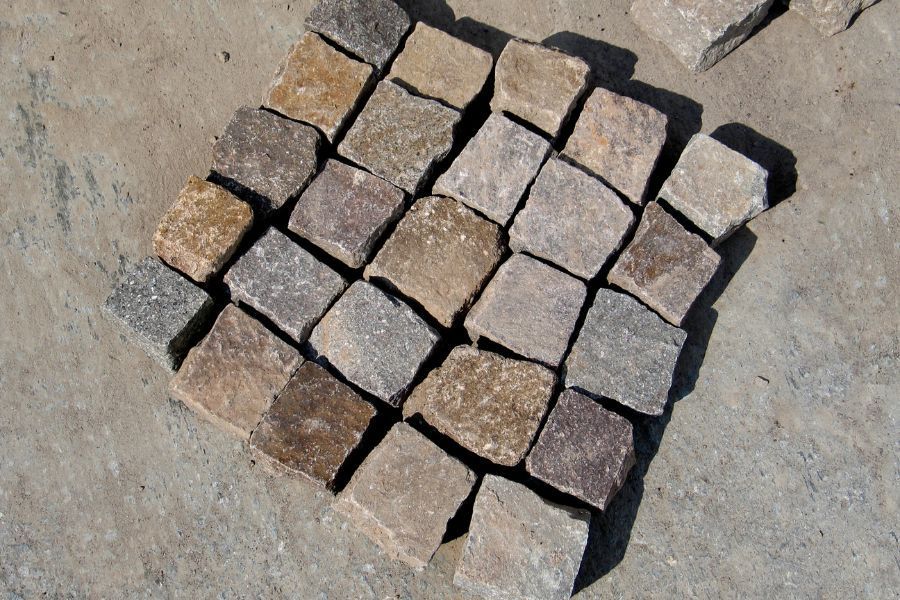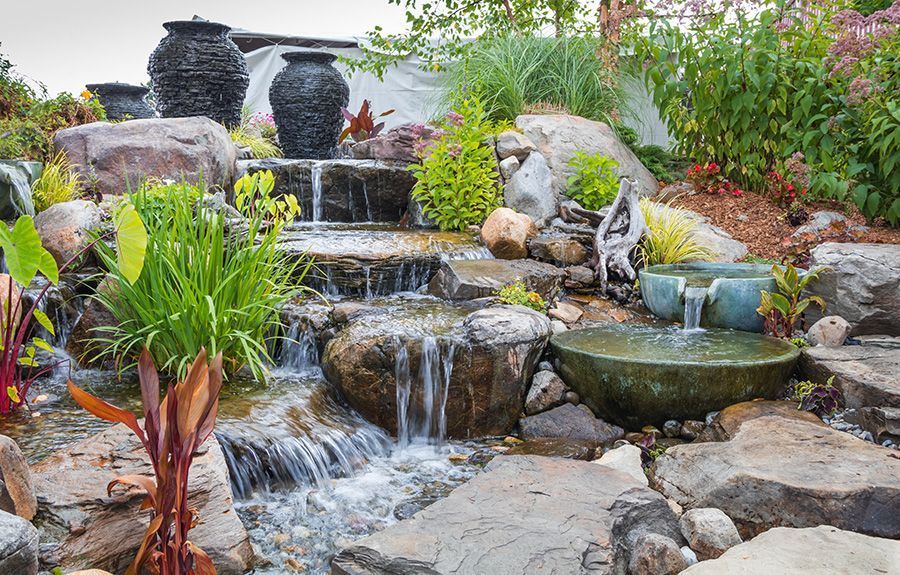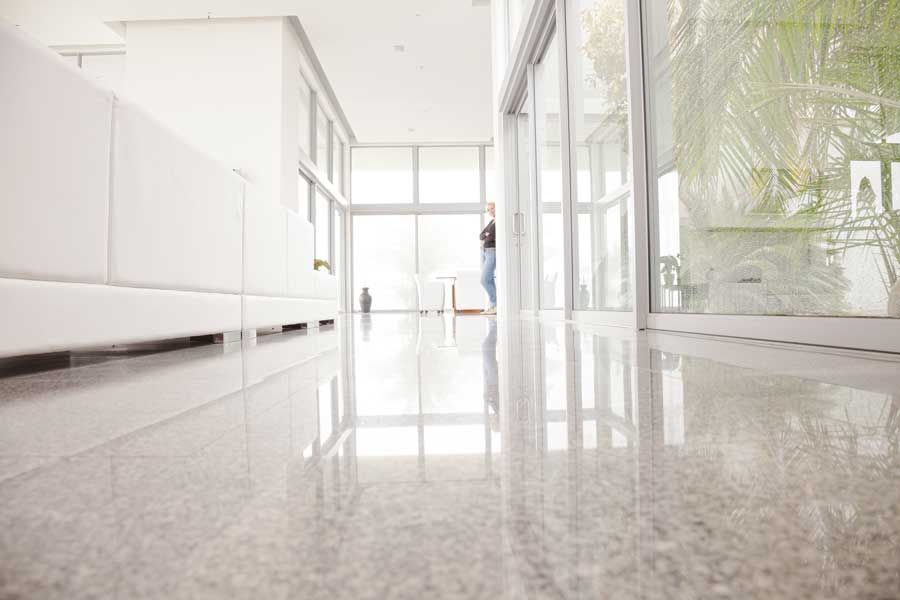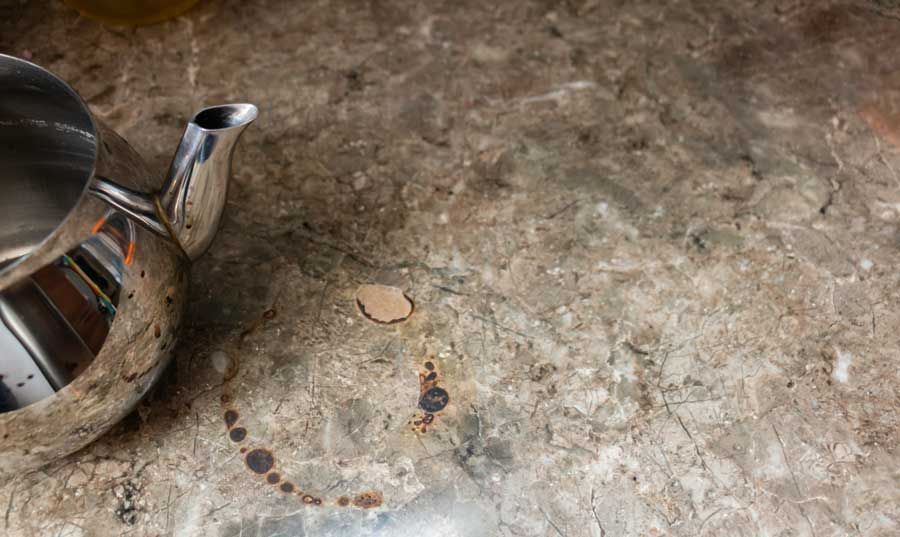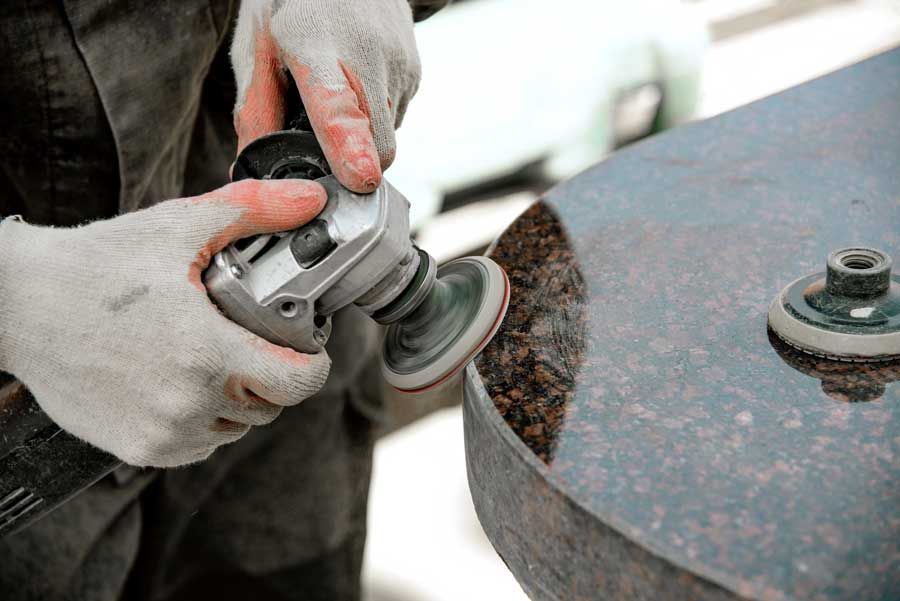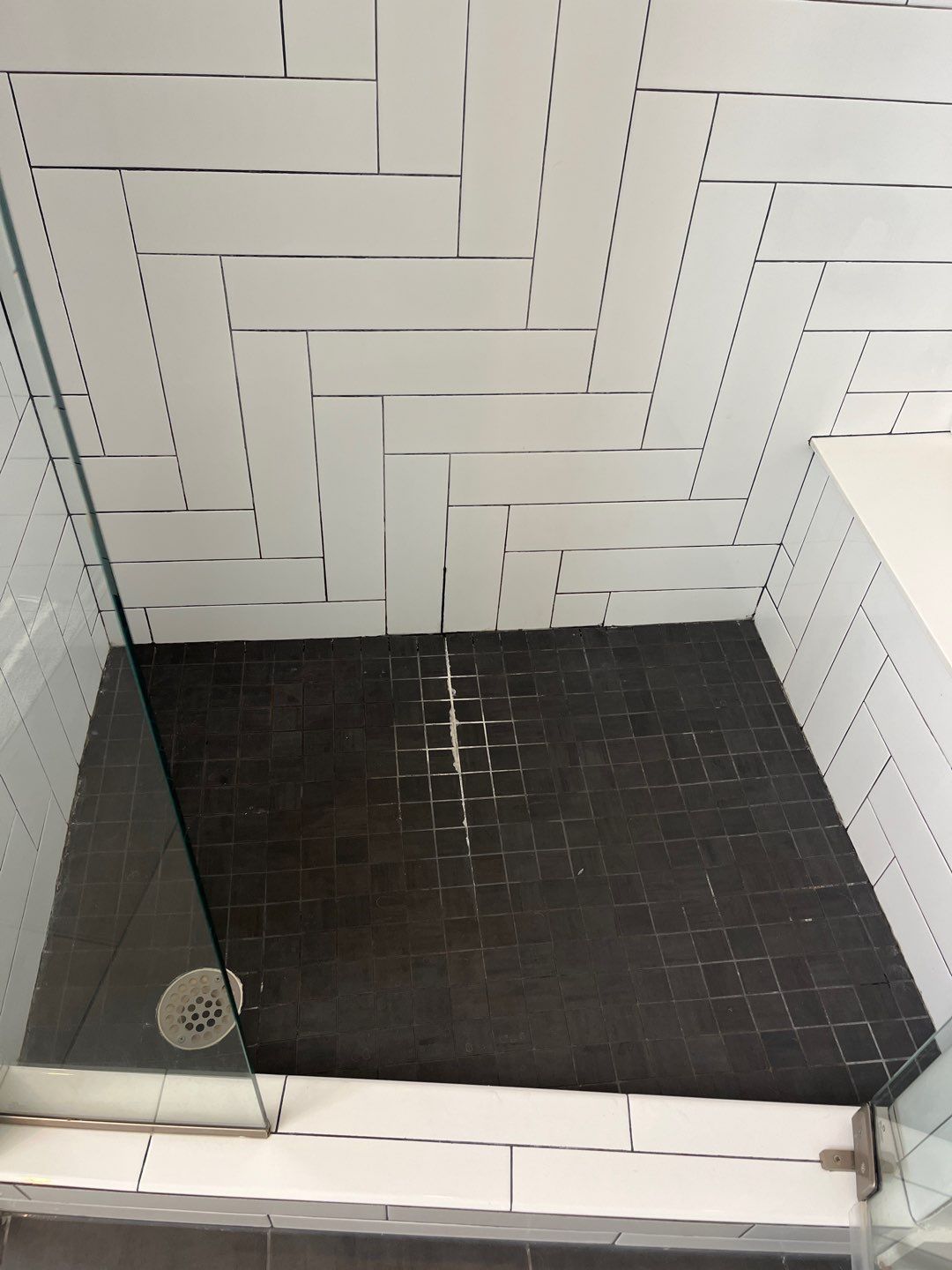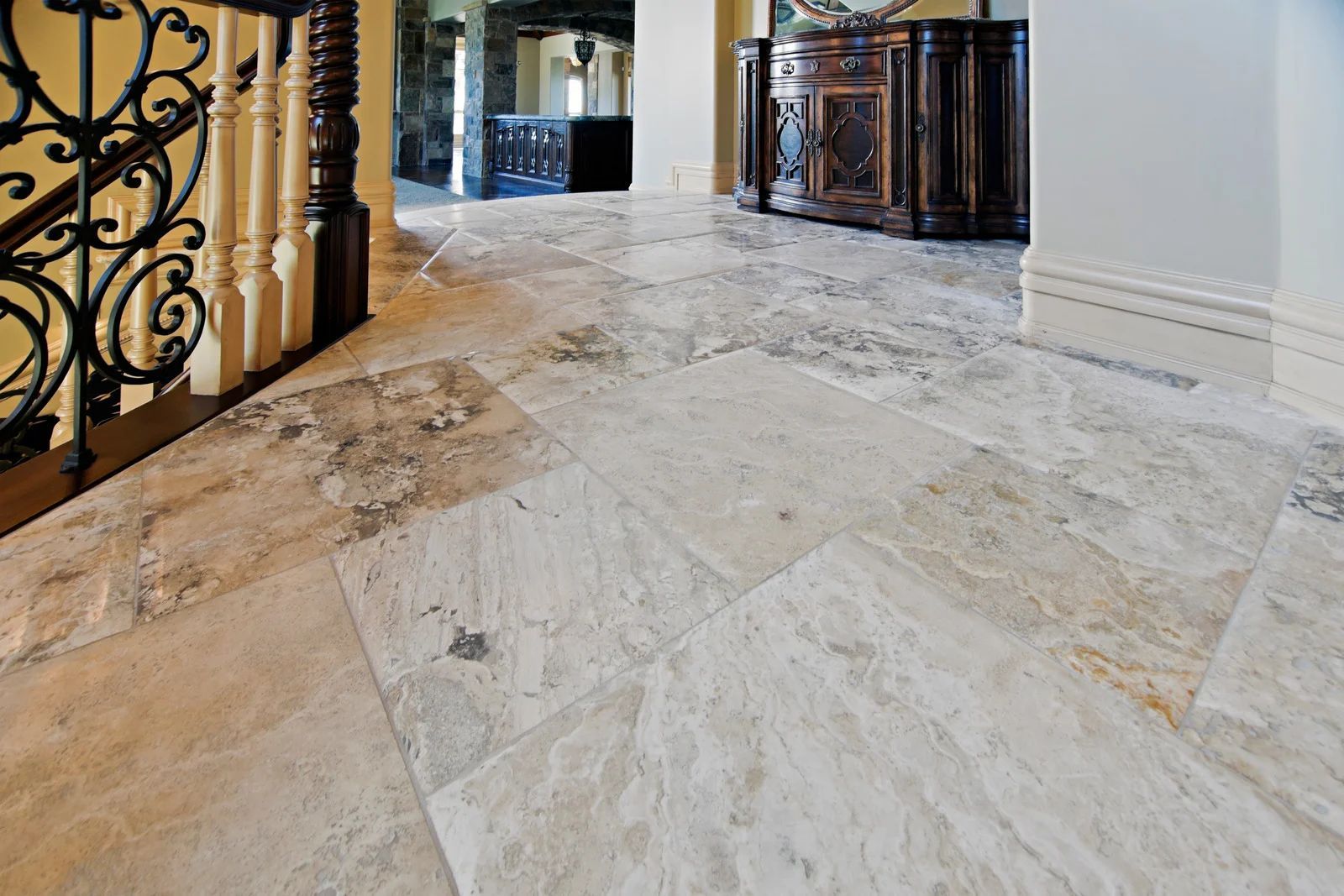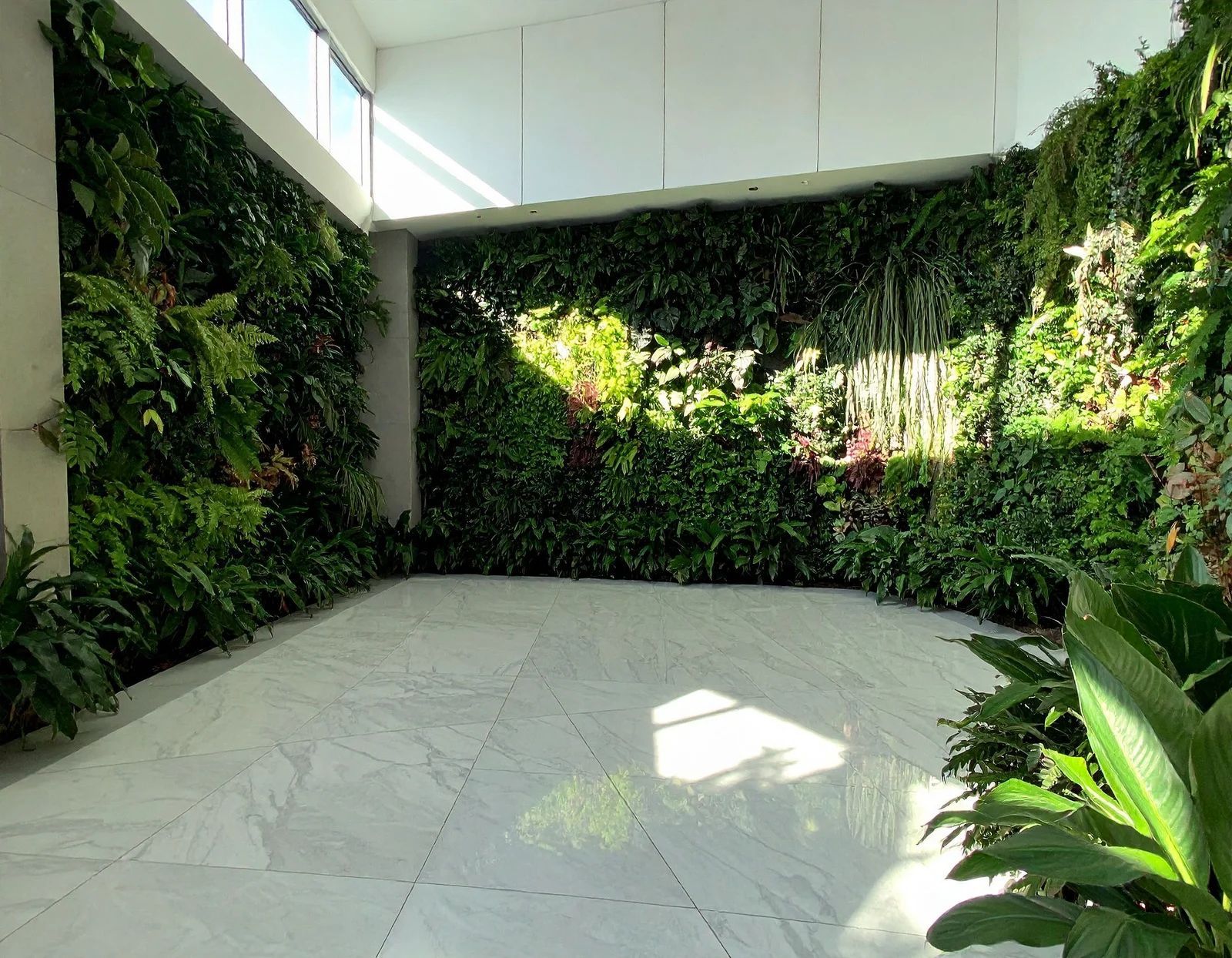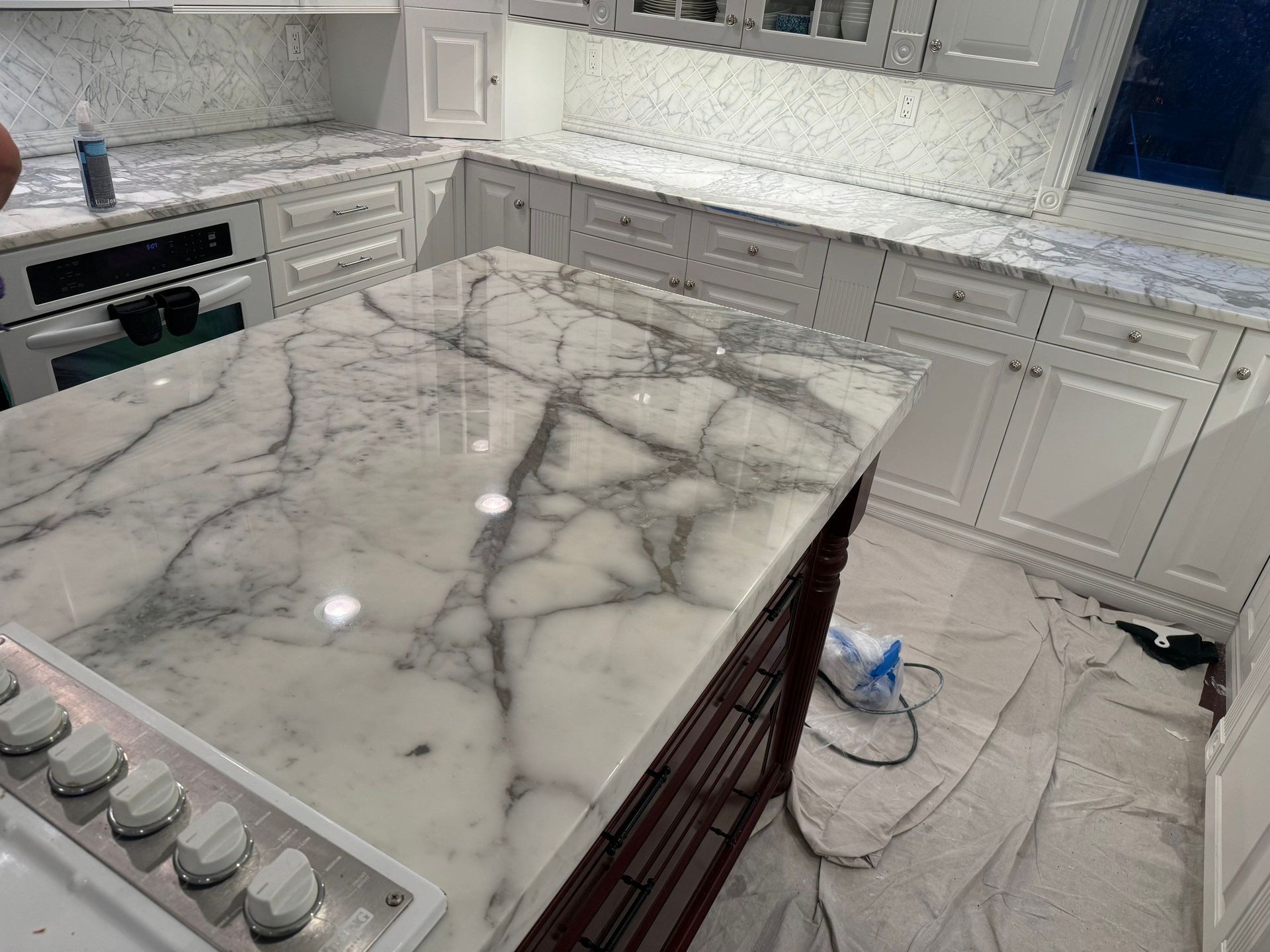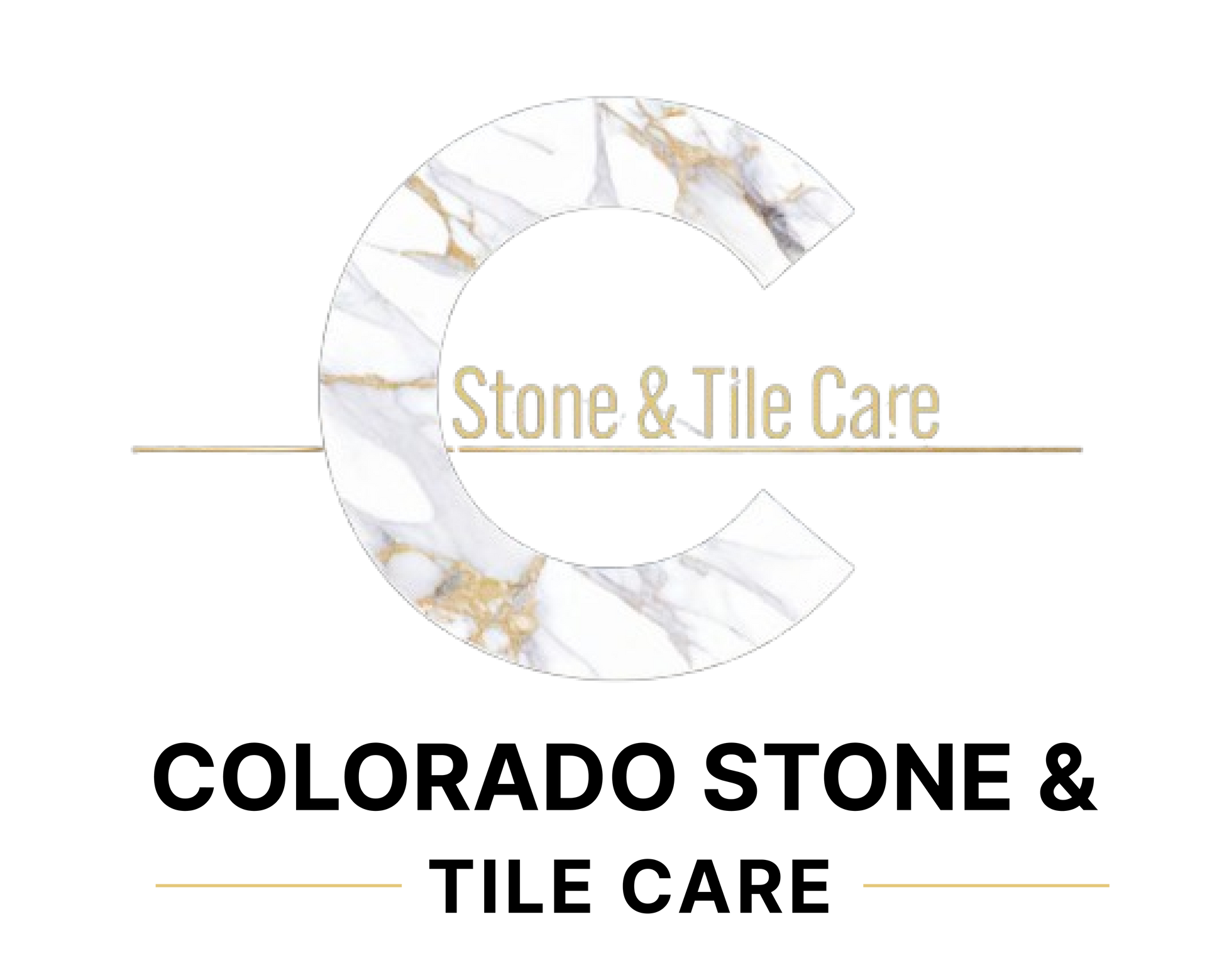How Colorado’s Dry Climate Affects Natural Stone Surfaces in Homes and Businesses
Colorado’s high-altitude, arid climate brings plenty of sunshine and low humidity, creating a unique environment for homeowners and business owners. While the dry weather may be pleasant for daily life, it can pose serious challenges for maintaining natural stone surfaces. Whether it’s travertine, marble, slate, or granite, stone surfaces in Colorado are subject to subtle but impactful environmental effects that can lead to deterioration over time. Understanding how the climate interacts with stone is essential for preserving its beauty, structural integrity, and value in both residential and commercial settings.
1. Dehydration and Surface Cracking
In Colorado’s dry air, natural stone can lose moisture over time, particularly softer stones like limestone or travertine. This dehydration can cause the stone to become brittle, leading to small cracks, surface flaking, and even chipping. Cracks often begin as hairline fractures and expand gradually, especially when combined with daily wear or pressure from foot traffic. Indoor environments with forced-air heating can accelerate this process, drying out surfaces even further.
2. Fading and Dullness of Finish
Natural stone often boasts a polished or honed finish that enhances its color and luster. However, in low-humidity climates, the finish can wear down more quickly. UV exposure, especially near windows or glass doors, contributes to fading, while airborne dust and mineral particles in Colorado’s dry air act like micro-abrasives. These elements gradually dull the surface, causing once-vibrant stone to look washed out or worn.
3. Dust Accumulation and Embedded Dirt
Dry climates are notorious for carrying fine dust, which easily settles onto stone surfaces and grout lines. Porous stones like sandstone or unsealed slate absorb these particles, leading to staining and discoloration over time. In commercial spaces with heavy foot traffic, dust and dirt become embedded in the surface, making routine cleaning less effective and eventually requiring professional deep cleaning and polishing.
4. Sealer Breakdown and Moisture Imbalance
Sealers are essential for protecting natural stone from staining and moisture penetration, but Colorado’s climate can cause them to degrade unevenly. As the dry air pulls moisture from the stone, it can also dry out the sealer, reducing its effectiveness. Additionally, inconsistent humidity levels between seasons—especially in spring and fall—can cause expansion and contraction within the stone, weakening the bond between surface layers and sealant.
Preserving Stone Surfaces in a Dry Environment
To mitigate these effects, regular maintenance and professional care are crucial. Sealing and polishing help restore the stone’s barrier against environmental damage, while deep cleaning removes embedded dirt that can erode the finish. In a climate like Colorado’s, working with experienced professionals ensures your stone remains durable and visually appealing year-round.
At Colorado Stone & Tile Care
in Denver, CO, we bring 14
years of experience in
natural stone cleaning and polishing. Our services are tailored to Colorado’s dry climate, helping homeowners and businesses protect their valuable stone surfaces. From sealing and restoration to ongoing maintenance, we ensure your stone remains beautiful and resilient for years to come.
